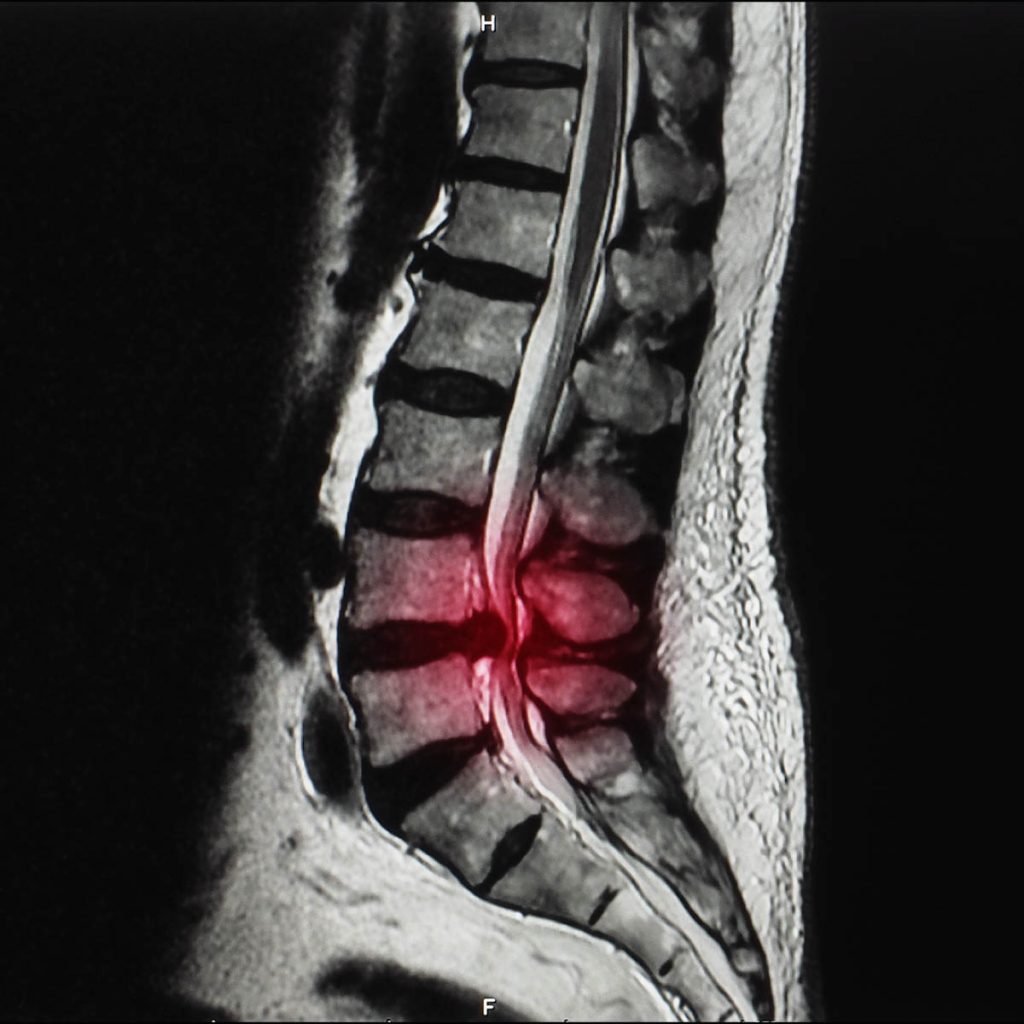
Spinal stenosis

Overview
Spinal stenosis is a condition occurs when the space between the spinal canal becomes narrow caused by wear-and-tear changes due to osteoarthritis. This condition puts pressure on the spinal nerves and commonly occurs in the neck and lower part of the spine.
People over 50 years old are prone to acquiring spinal stenosis but younger people can also have this condition due to birth defect in which the spinal canal is narrow.
Types of spinal stenosis
Spinal stenosis can occur in any part of the spine. There are two main most common types of spinal stenosis based on its location.
- Cervical stenosis. This occurs on the neck area of the spine.
- Lumbar stenosis. This is the most common type and it can be found in the lower back part of the spine.
Symptoms
The signs and symptoms may occur gradually and get more severe as it progresses, the sign and symptom varies on the spot that the nerve has been compressed. A Magnetic Resonance Imaging (MRI) or Computed tomography (CT) Scan can early detect spinal stenosis in patient before they even show up with any signs or symptoms.
Cervical spine
- Pain in the neck
- Upper or lower extremities weakness, numbness or tingling
- Balance and walking problems
- Bowel or bladder (urinary urgency or incontinence) problems in worse cases
Lumbar spine
- Back pain
- Lower extremities numbness, tingling or weakness
- One leg or both experience cramps or pain on prolonged standing or walking. This symptom may be relieved when sitting or bending forward.
Causes
The spine or backbone is located along the neck down to the lower back. The spinal bones create a spinal canal that cushions the spinal cord containing the nerves. There are various causes leading to the spinal spaces to become smaller, although some people can have a narrow spinal canal since birth.
Some of these causes include:
- Bone overgrowth. Osteoarthritis wears down the spinal bones and creates bone spurs that extends into the spinal canal. Certain disease of the bone such as Paget’s diseases (common in adults) can also cause overgrowth of the bones.
- Herniated disks. The vertebrae’s soft cushion dries out upon aging. Then, the disk cracks open and the soft part inside comes out, pressing the spinal nerves.
- Thickened ligaments. The ligament which connects the bones of the spine becomes stiff and thickened, it then protrudes into the canal of the spine.
- Tumors. Tumors or abnormal growths can form in different areas of the spinal cord or vertebrae which can be detected by a CT scan or MRI.
- Injuries of spine. Fractures or dislocation caused by accidents or various traumas can injure the spinal canal. Moreover, after a spinal surgery, nearby tissues can swell and compress the spinal cord or nerves.
- Infection
Contact Information
service@vejthani.com






















